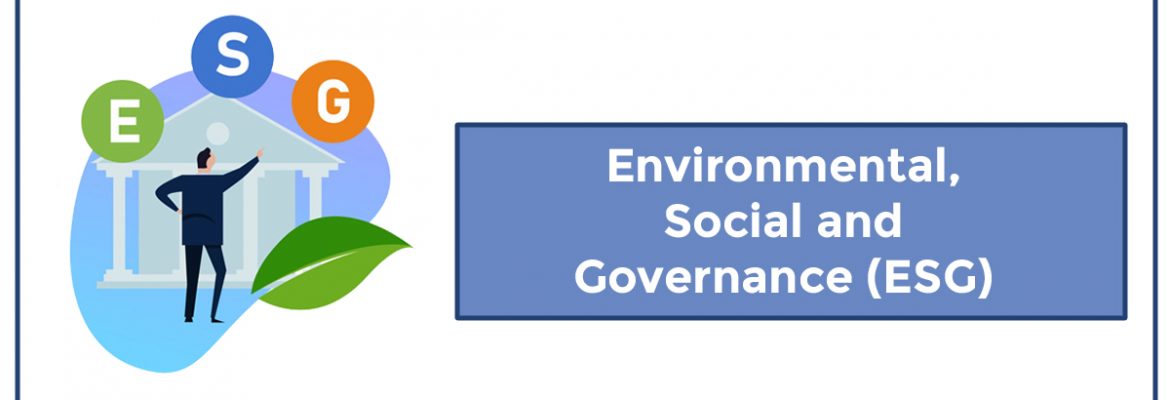A term that has gained significance in the last couple of years is ESG. ESG refers to Environmental, Social and Governance criteria, used by the investors to evaluate the companies in which they want to invest or continue staying invested. Environmental criteria refer to a company’s efforts towards climate conservation, energy conservation, natural resource conservation, waste management, and pollution control etc. It also indicates any environmental risk a company might face in the future and its preparation for addressing such risk. Social criteria focus on a company’s relationship with its stakeholders, such as employees, unions, suppliers, vendors etc. Also evaluated are the efforts made by a company towards the local community. Aspects such as adherence to workplace health and safety, human rights etc. are also included. Governance criteria refer to a company’s adherence to laws, rules and regulations relating to the company, shareholder rights, accounting methods, internal control systems etc. Most of these parameters are derived from the Sustainable Development Goals (SDG).
ESG criteria therefore are a set of non-financial parameters, to measure the sustainability of a company. Increasingly, it is felt that an investor should assess his/her target company, based not only on financial parameters, but also on the basis of such non- financial parameters. ESG factors, though non-financial in nature, have a material impact on the long-term risk of and return by a company. They are of increasing interest to investors who are concerned about companies adopting practices that will mitigate risks related to climate change, scarcity of natural resources, labour law violations etc., and ensure long-term sustainability. This is based on the assumption that these factors also have financial relevance. For example, many companies are pushing for de-carbonization since climate change has now become an imminent threat and will have very high economic consequences. Investors are willing to pay a premium for a company that follows good ESG related practices since this investment is likely to provide good returns in the future.
Since ESG is largely based on non-financial parameters, most of which are not quantifiable, measuring ESG, and putting a score to it is not easy. Internationally, there are some third-party rating agencies that evaluate and score companies based on their ESG performance. These rating agencies evaluate the data available in public domain, and the disclosures made by these companies, and then score the companies based on their own rating scales. Many investors rely on such ratings. However, there are no standard measures so far to measure ESG, and different agencies follow different methodologies for the same. There is also no standard format for reporting ESG information.
In September, 2020, the World Economic Forum released a set of universal ESG metrics, and disclosures, to enable a company to report on non-financial disclosures. These metrics were based on four pillars, namely principles of governance, planet, people and prosperity, where the pillar of planet coincided with environmental factors, people coincided with social factors and principles of governance coincided with governance factors.
ESG reporting in India has been evolving. In 2009, the Ministry of Corporate Affairs (MCA) published Corporate Social Responsibility (CSR) Voluntary Guidelines, recommending that all businesses should formulate a CSR policy. In 2012, the Securities and Exchange Board of India (SEBI) issued a circular making it mandatory for the top 100 listed companies in India to publish an annual Business Responsibility Report (BRR). This requirement was extended to the top 500 companies in 2015. SEBI has been continuing its efforts towards improving ESG reporting in India. In January 2021, it conducted a round-table conference on Business Responsibility and Sustainability Reporting (BRSR). In that conference, it proposed a new format for BRSR, and intended to increase the applicability of this reporting to the top 1000 companies. The proposed format aims at providing greater transparency with respect to ESG factors. It would aid the investors in identifying sustainability-related risks and opportunities.
Shikha Shah

